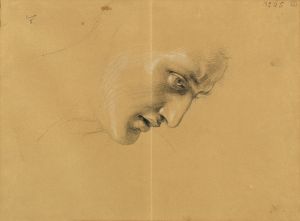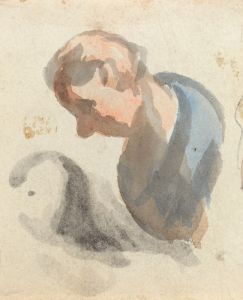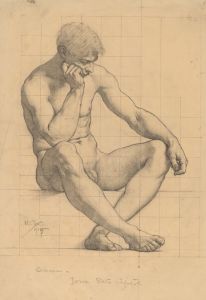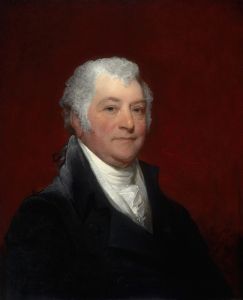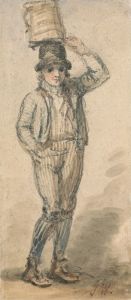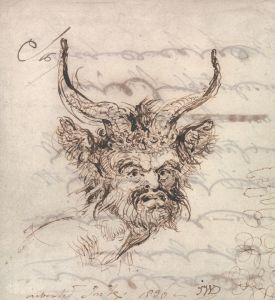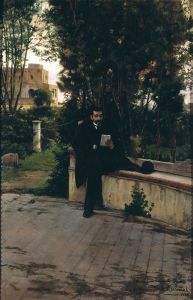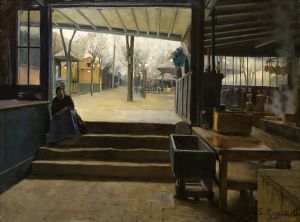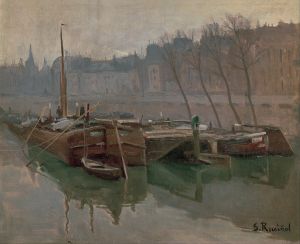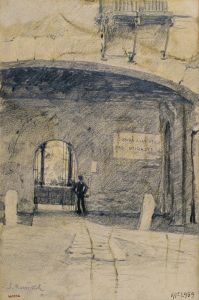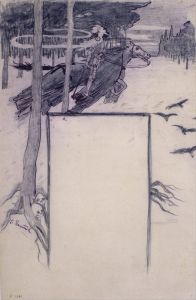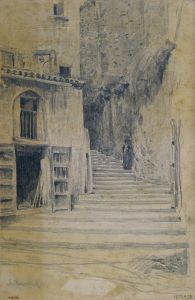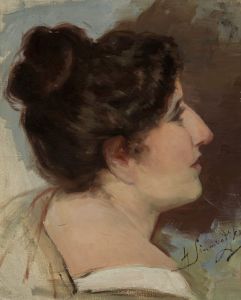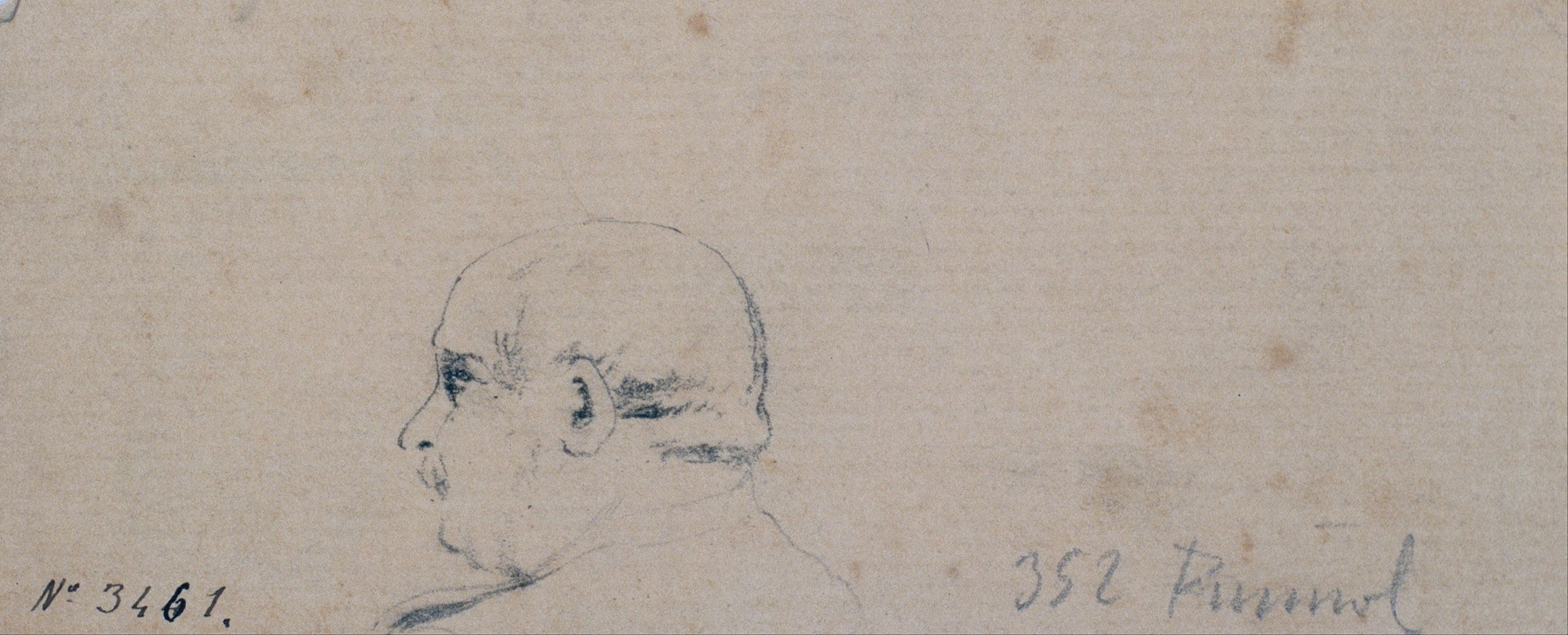
Study of a Male Head
A hand-painted replica of Santiago Rusiñol’s masterpiece Study of a Male Head, meticulously crafted by professional artists to capture the true essence of the original. Each piece is created with museum-quality canvas and rare mineral pigments, carefully painted by experienced artists with delicate brushstrokes and rich, layered colors to perfectly recreate the texture of the original artwork. Unlike machine-printed reproductions, this hand-painted version brings the painting to life, infused with the artist’s emotions and skill in every stroke. Whether for personal collection or home decoration, it instantly elevates the artistic atmosphere of any space.
Santiago Rusiñol's "Study of a Male Head" is a notable work by the Spanish artist, who was a leading figure in the Catalan Modernisme movement. Rusiñol, born in 1861 in Barcelona, was a multifaceted artist known for his contributions to painting, writing, and theater. His works often reflect the cultural and artistic transformations of late 19th and early 20th century Spain.
"Study of a Male Head" is a fine example of Rusiñol's skill in portraiture and his ability to capture the essence of his subjects with a keen eye for detail and emotion. Although specific details about the creation date and the model for this particular study are not widely documented, it is consistent with Rusiñol's broader body of work, which often focused on intimate and expressive representations of individuals.
Rusiñol's technique in this study demonstrates his adept use of light and shadow to create depth and character in the subject's face. The painting likely employs a limited color palette, a common practice in studies, to focus attention on the form and expression rather than the distraction of vibrant colors. This approach allows viewers to engage more deeply with the subject's psychological presence.
As a central figure in the Modernisme movement, Rusiñol was instrumental in bringing new artistic ideas to Catalonia, drawing inspiration from both local traditions and broader European trends. His work often intersected with that of other prominent artists of the time, including Ramon Casas and Joaquim Mir, with whom he shared a commitment to modernizing Spanish art and culture.
Rusiñol's artistic journey was marked by extensive travels, particularly to Paris, where he was influenced by the Impressionists and Symbolists. These influences are evident in his approach to capturing mood and atmosphere, even in more straightforward studies like "Study of a Male Head." His ability to blend these international influences with his Catalan roots contributed to the unique character of his work.
In addition to his visual art, Rusiñol was a prolific writer and playwright, often exploring themes of beauty, nature, and the human condition. His literary and artistic endeavors were deeply interconnected, each informing the other and enriching his overall creative output.
"Study of a Male Head" reflects Rusiñol's dedication to exploring the human form and psyche, a theme that runs throughout his oeuvre. While this particular work may not be as widely recognized as some of his larger compositions or landscapes, it nonetheless offers insight into his artistic process and his ability to convey complex emotions through simple, yet powerful, imagery.
Today, Santiago Rusiñol is celebrated as a key figure in Spanish art history, with his works held in numerous collections and museums, particularly in Catalonia. His legacy continues to influence contemporary artists and remains a subject of study for those interested in the evolution of modern art in Spain.





